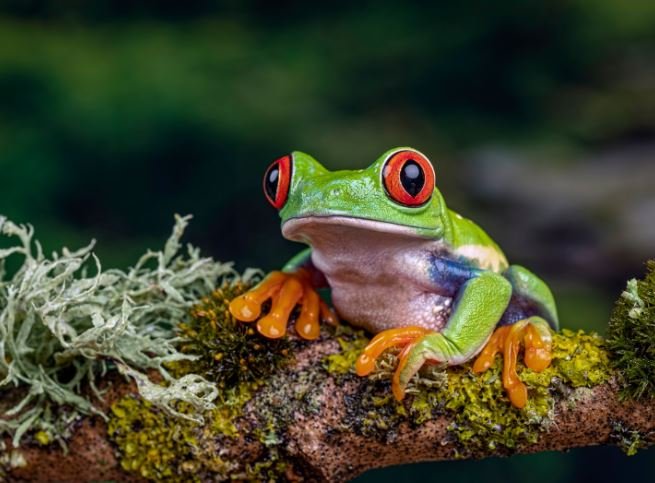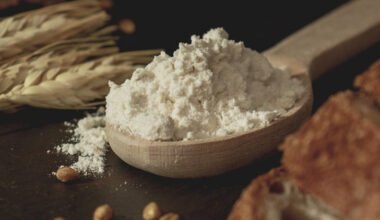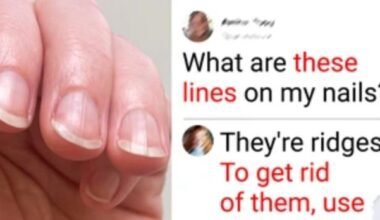The discover could have a massive impact on the future of medicine.
Setting religion and beliefs about an afterlife aside, most people agree there are two stages to the experience of living organisms: life and death.
Obviously there’s usually a lot that goes on in the middle, but the general consensus is that death is the end point.
Now, however, biologists studying how cells could be repurposed have suggested there might be another state altogether – one that could prove groundbreaking in the field of synthetic biology.

Getty Stock Photo
In an article published in The Conversation, biologists Peter Noble and Alex Pozhitkov explored how the emergence of new multicellular life-forms challenges conventional notions of life and death.
Their research examines the biological processes that continue after an organism dies. Notably, successful organ donations demonstrate that certain cells remain functional post-mortem, prompting the scientists to investigate the mechanisms behind this phenomenon.
In their study, Noble and Pozhitkov focused on bio bots—structures that originate from the cells of dead organisms. They discovered that these bio bots can transform into multicellular entities with new functions, highlighting life’s remarkable ability to persist beyond death.

Previously, researchers have found that skin cells from dead frog embryos were able to turn into multicellular organisms called xenobots, which showed new behaviors.
For instance, they were able to move using hair-like projections called cilia, which usually are only able to move mucus, not cells themselves.
And when studying human lung cells, researchers found cells could assemble themselves into miniature multicellular organisms capable of moving and behaving in new ways.
Based on these findings, the researchers highlighted the ‘inherent plasticity’ of cells, emphasizing their ability to adapt and transform.
This adaptability suggests that cells from both living and dead organisms could potentially be repurposed into biological machines with entirely new functions.
However, Noble and Pozhitkov noted that several factors influence whether cells and tissues remain viable after an organism’s death. These include environmental conditions, metabolic activity, preservation methods, as well as variables like age, health, s*x, and species type.

However, further research needs to be done to determine how these variables work together to allow certain cells to continue functioning after the death of an organism.
Though research is ongoing, Noble and Pozhitkov explained that the prospect of the ‘third state’ not only gives new insights into how adaptable cells may be, but also offers prospects for new treatments.
Illustrating how their theory could be applied in practice, the authors provided specific examples:
“Anthrobots could be Discover derived from a person’s living tissue to deliver drugs without provoking an immune response.”
They further explained that “engineered anthrobots injected into the body could potentially dissolve arterial plaque in atherosclerosis patients or clear excess mucus in those with cystic fibrosis.”
The researchers also noted Discover that these biobots have a limited lifespan of no more than 60 days, reducing the risk of uncontrolled cell growth or potential invasiveness.







